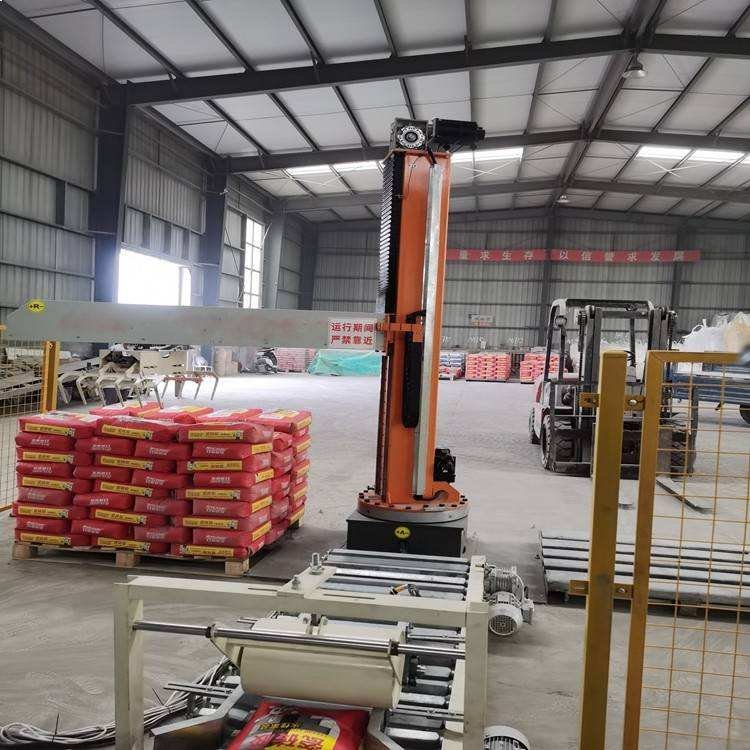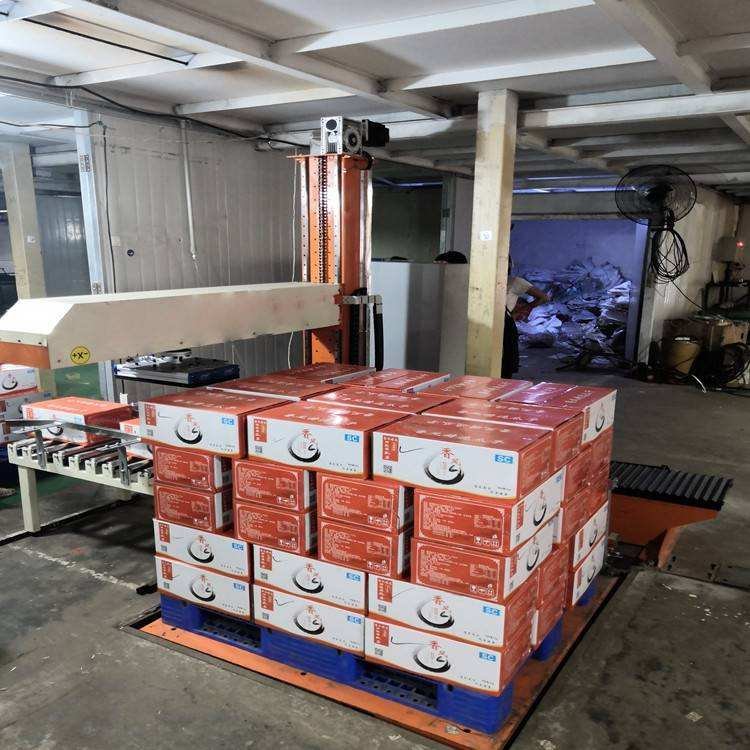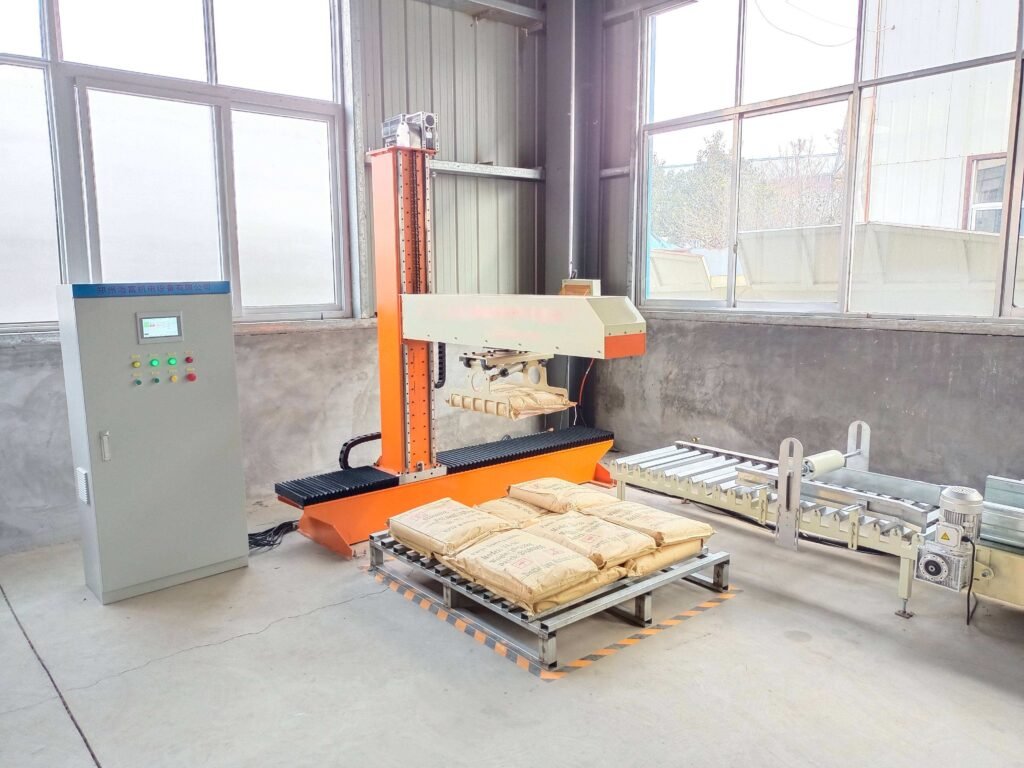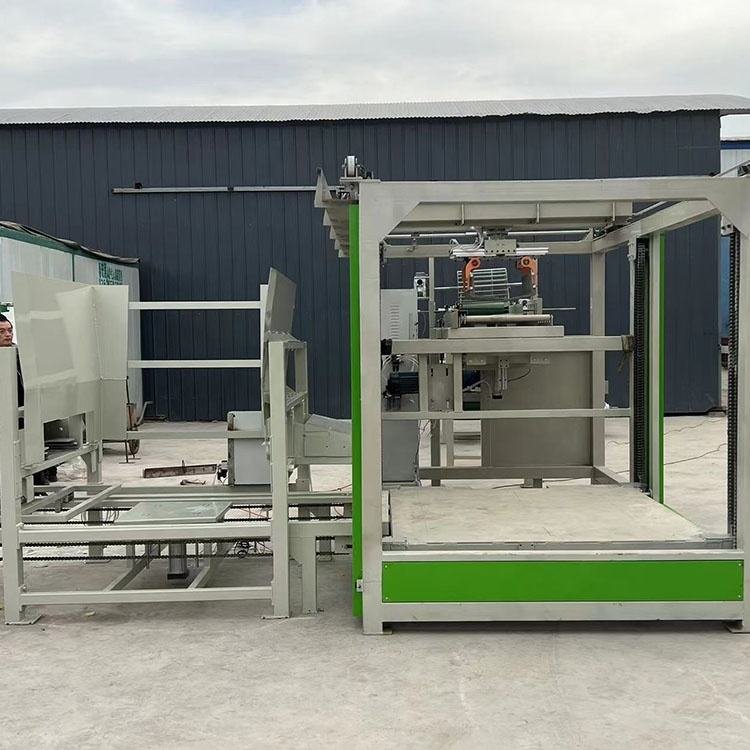Column Palletizer Price & 5 Smart Ways to Reduce Its Energy Consumption
Investing in a column palletizer is a strategic decision to automate your production line’s end-of-line process. As you evaluate this investment, two of the most pressing questions are: “What is the column palletizer price?” and “What will it cost to run?” This guide provides a transparent look at current market prices and delivers five actionable strategies to minimize your column palletizer’s energy consumption, ensuring a better return on investment.
Column Palletizer Price: 2024 Market Overview
The price of a column palletizer varies significantly based on its load capacity, speed, construction, and features. Here’s a general pricing framework to help you plan your budget:
- Standard Duty Models (≤ 500 kg):
$50,000 - $90,000 USD- Ideal for mid-speed applications, standard pallet patterns, and common loads like boxes and bags. Features reliable PLC control and robust construction.
- Heavy Duty Models (500 – 1500 kg):
$90,000 - $150,000 USD- Built for high-speed, high-capacity lines. Handles heavy loads like bulk bags or large containers. Includes more powerful motors and reinforced lifting columns.
- Custom/High-Speed Models (1500+ kg):
$150,000 - $220,000+ USD- Designed for extreme-duty applications, requiring custom engineering, premium components, and advanced control systems for maximum throughput.
Key Factors That Influence Cost:
- Load Capacity & Lifting Height: The core cost driver. Higher capacity and greater lift require more powerful motors and heavier-duty structural components.
- Speed (Cycles Per Hour): Machines designed for higher speeds need more sophisticated controls and precision components.
- Construction Quality: The quality of the steel structure, lifting columns, and guides directly impacts price and longevity.
- Level of Automation: Basic models are less expensive. Integration with robotic layer formers or advanced software for complex patterns will increase the cost.
- Brand & Support: Established international brands often come at a premium but offer global service networks.
5 Key Strategies to Reduce Your Column Palletizer’s Energy Consumption
The purchase price of a column palletizer is a one-time cost, but its electricity usage is a recurring expense. Here are five effective methods to reduce energy consumption and lower your total cost of ownership.
1. Optimize Lift and Lower Cycles with Smart Programming
The vertical lift motor is the primary consumer of energy.
- Smooth Acceleration/Deceleration: Program the lift mechanism to ramp up and down smoothly instead of jerky, full-power movements. This reduces peak current draw.
- Optimized Path Planning: Ensure the machine takes the most efficient path between the pick-up and drop-off points. Minimizing unnecessary vertical travel saves energy.
2. Invest in High-Efficiency (IE3/IE4) Motors
The motor technology is fundamental to efficiency.
- Upgrade to Premium Efficiency Motors: If specifying a new machine, insist on IE3 (Premium Efficiency) or IE4 (Super Premium Efficiency) motors. They convert a higher percentage of electrical energy into mechanical motion, significantly reducing waste heat and power consumption over their lifespan.
3. Implement an Automatic Sleep/Idle Mode
A machine doesn’t need full power when the production line is paused.
- Programmed Downtime: Configure the palletizer to automatically enter a low-power “sleep” state after a set period of inactivity (e.g., during a line stoppage or break).
- Line Integration: Sync the palletizer’s controller with upstream equipment so it wakes up seamlessly when product arrives, eliminating energy waste without impacting productivity.
4. Right-Size the Machine for Your Application
Using an overpowered machine is inherently inefficient.
- Match Capacity to Load: Select a column palletizer with a capacity that matches your typical product weight with a reasonable safety margin. A 1000kg machine palletizing 200kg loads is wasting energy to move its own oversized structure.
- Assess Speed Needs: Choose a machine that meets your required cycles per hour without excessive overcapacity. Higher speed capabilities require more powerful motors that consume more energy, even at slower operational speeds.
5. Commit to a Strict Preventive Maintenance Schedule
A poorly maintained machine is an inefficient machine.
- Regular Lubrication: Keep the lifting columns, guides, and chains properly lubricated. Reduced friction allows the motors to operate with less effort and lower energy input.
- Check Alignment and Tightness: Ensure all mechanical components are aligned and fasteners are tight. Misalignment causes binding and forces the motor to work harder.
- Inspect Motors and Drives: Schedule periodic checks for motor performance and drive calibration to ensure they are operating at peak efficiency.
Invest in Efficiency for Long-Term Savings
Understanding the column palletizer price is the first step in your investment. Implementing these energy-saving strategies is the second, crucial step to maximizing your return on investment by minimizing ongoing operational expenses for years to come.
Looking for an Energy-Efficient Column Palletizer?
we specialize in providing automated palletizing solutions that balance upfront cost with long-term efficiency and reliability. Our experts can help you select the right model and implement best practices to keep your energy costs low.
Contact us today for a free consultation and a detailed quote tailored to your specific production needs and efficiency goals.







Leave a Comment
Your email address will not be published. Required fields are marked *